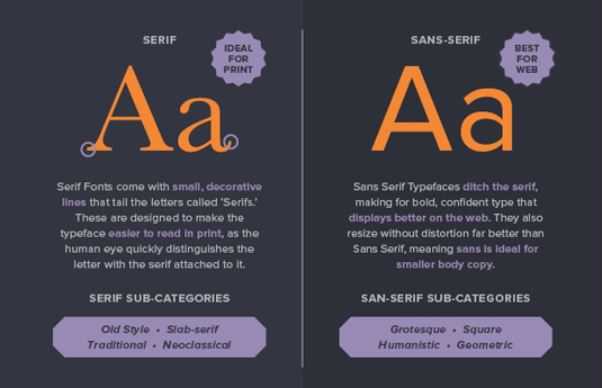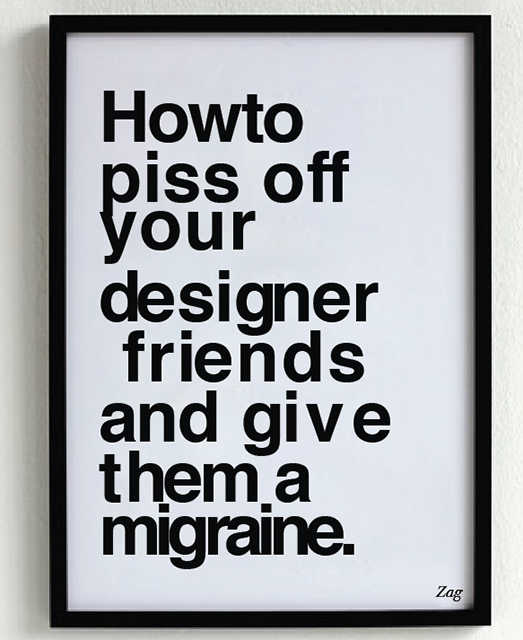Typography for Marketing

Typography for Marketing 101
Let’s talk about fonts. There is an art and a science behind typography for marketing, and it’s very important to understand the concepts in order to create a design that speaks both visually and verbally to your audience. According to HubSpot, the design of a typeface, the width of the strokes and the presence of a serif affect the way that we perceive a message. How cool is that? But what does this mean?
What is Typography for Marketing?
If you’re new to the world of typography for marketing — here are some important terms you’ll want to know and understand in order to choose the right font for your creative work and pair it well with secondary fonts to optimize the readability and make it look great at the same time.
- Font – A font is one particular weight and style of a larger typeface.
- Typeface – Typefaces are categories composed of many different fonts. For example, Serif is a typeface, and Times New Roman is a font that is part of the Serif family.
- Serif – Serif fonts are identifiable by the small lines on the edges of letters (called serifs) that make the font easier to read in print. Fonts in the Serif typeface include Times New Roman, Georgia, and Book Antiqua.
- Sans Serif – Sans serif font letters don’t have a serif attached to them, so they display more clearly on websites. Fonts in the Sans serif typeface include Ariel, Verdana, and Helvetica.
This diagram shows the difference between serif and sans-serif fonts:
- Script – fonts in the Script typeface are meant to resemble human handwriting. Comic Sans, Caveat, and Pacifico are examples of fonts in the Script typeface.
- Modern – SitePoint defines “modern” as the term used to categorize fonts created at that time or in the style of that time. Modern fonts are recognizable by their thin, long horizontal serifs, and clear-cut thick/thin transitions in the strokes. The stress is vertical (i.e., there is no slant on the letters). Fonts in the Modern typeface include Impact, Rockwell, and RIGHTEOUS.
- Monospaced – Fonts in the Monospaced typeface have larger spaces between the letters and are meant to look like they were written by a typewriter. Fonts in the Monospaced typeface include Courier, Consolas, and Cousine.
Why is Typography for Marketing Important?
The short and simple answer is that you want people to WANT to read what you’ve written and not avert their eyes because the font selections give them a headache. Each font conveys a unique perception and emotion, so it’s important to know your audience and consider the content in order to choose a font that fits the bill. Ask yourself how you would like your writing to come across. Friendly, formal, sarcastic, or casual? What is the purpose of the message? Are you trying to engage people in conversation or deliver information? Check out this blog for more details about how typefaces are perceived by society.
Once you have answered these questions, you can choose a font that supports your overall communication goal. Keep in mind that the typography you choose, the font weight you select, and the color that you assign can either support or detract from the message you are trying to communicate.
Typography is a powerful tool that can enhance your communication if used correctly! If you’re thinking about switching to a graphic design career or want to freshen your “typography for marketing” skills, consider taking graphic design classes or completing a design certificate at the Digital Workshop Center. We offer practical, hands-on training that will give you real-world experience and the skills and confidence necessary to land a great career in design. Contact us to learn more and register today to get started! We offer job training grants, financial aid, and many other resources to help you upskill your resume and keep your design skills sharp.



